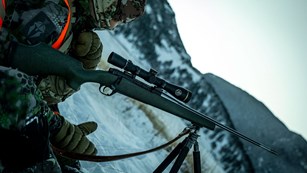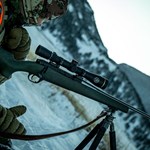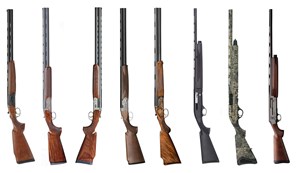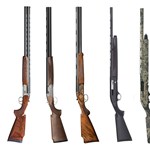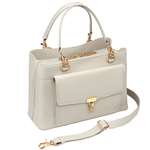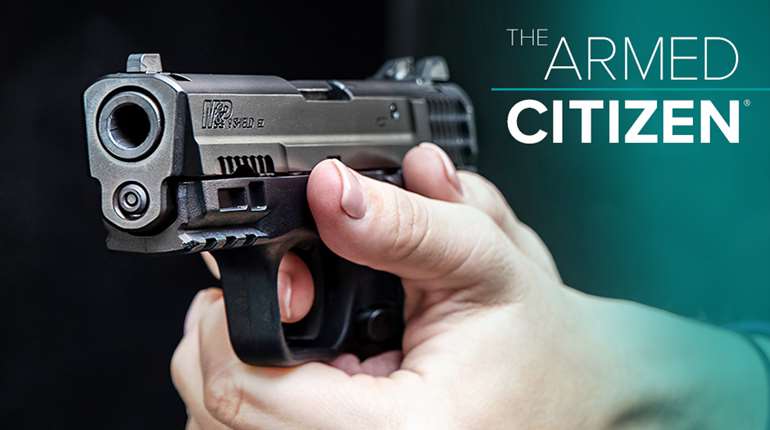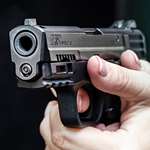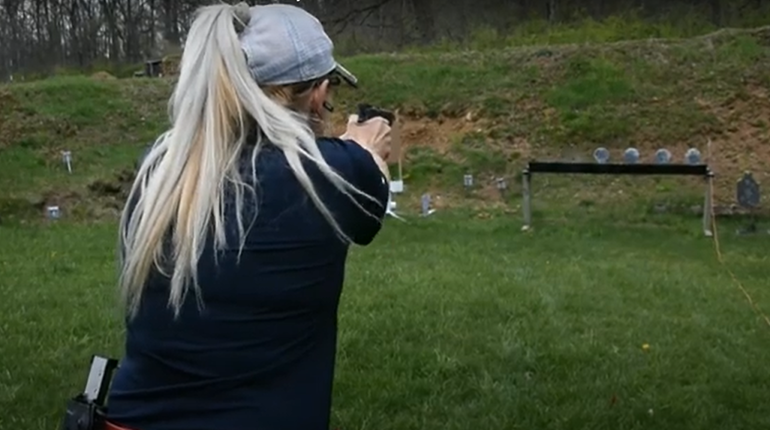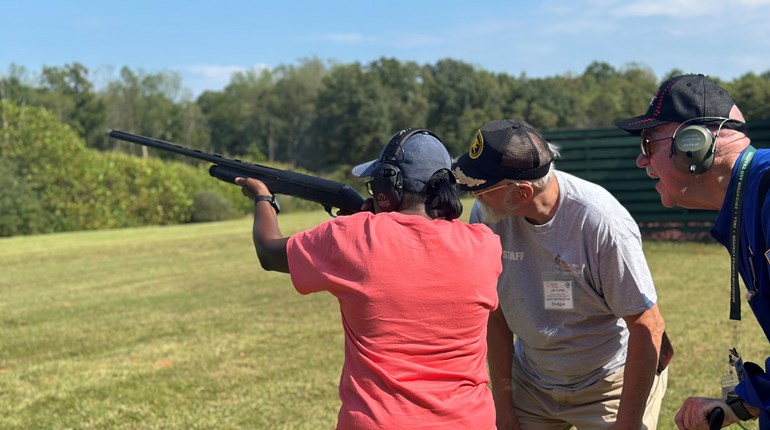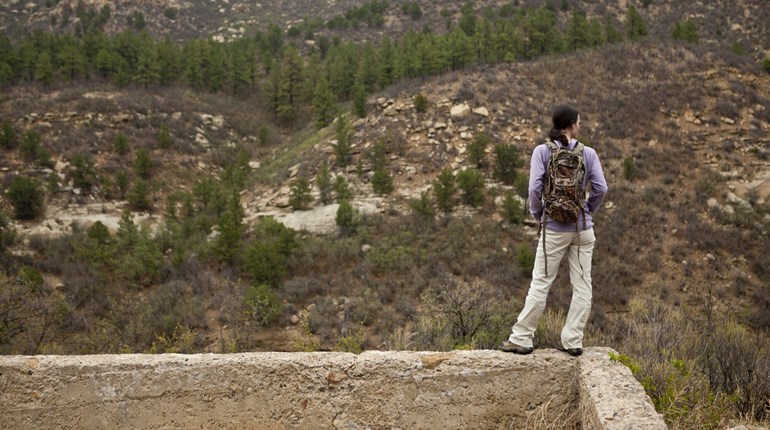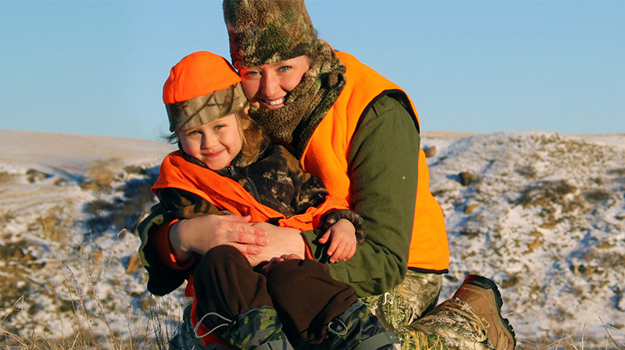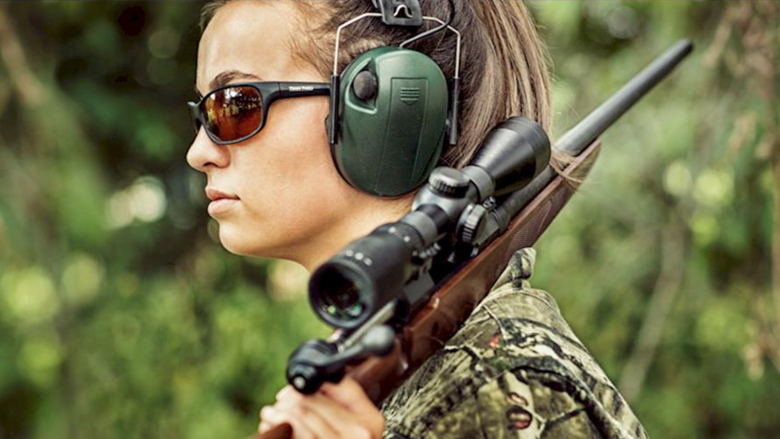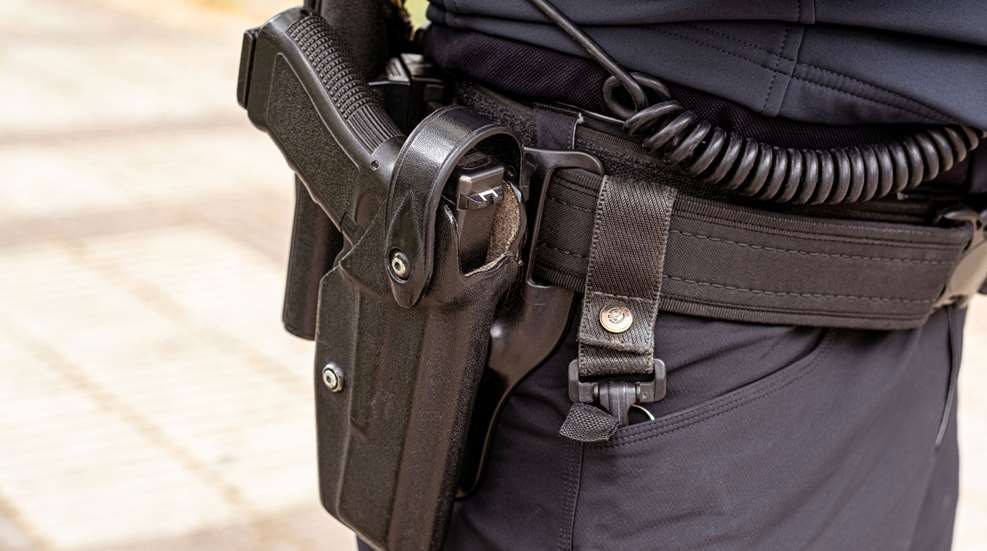
When you’re buying a holster for a handgun, you’ll often see it labeled with a certain retention level—typically Level 1, Level 2 or Level 3. Understanding these levels and what level is appropriate for what type of shooter is key to buying a holster that works for you.
The trouble is that the levels are not exactly standardized from brand to brand, so you get into a lot of marketing language. Some holster manufacturers use different terms for duty (law enforcement) holsters or define the levels a little differently, but for the most part, what you’ll read here are generally accepted as good definitions.
Passive vs. Active Retention
To understand the retention levels, you need to understand that there are two types of retention available. Passive retention is inherent in a holster’s design—it is largely friction-based, relying on the shape of the holster and the built-in friction that comes with that to hold the gun in place.

Now, passive retention (above) can look different and can be more or less secure based on the material and the shape of the holster. An inexpensive nylon one-size-fits-most holster has passive retention, but not much. It’s little more than a fabric sleeve for the gun to sit it, and it relies mostly on gravity and the tightness of your belt to hold the gun in there. Try doing a cartwheel (not that you would) and the gun might fall right out. On the other hand, a molded leather or Kydex holster is fit to the shape of a specific gun model, and they’re so well-fitted that many times, at least with Kydex, you can feel the gun click into place when it’s fully holstered. These holsters often include a tension screw you can turn to tighten the whole thing up to your liking.

Active retention (right) is different—it relies on a physical mechanism other than friction to hold the gun in place, such as a thumb strap, a hammer loop or an internal/trigger guard lock. You have to unhook, unsnap, push, pull or press something in order to draw the gun. In some cases, you might have to twist the gun in a certain direction to release it from retention, or press a button with your trigger finger, or flick a strap open with your thumb.
That’s how you tell the difference between a passive-retention holster and an active-retention holster: If you can put your hand on the gun and just pull it straight out, it’s passive retention. If you have to do something first before you can pull it out, it’s active retention.
Level 1 Retention
Level 1 holsters are passive retention—just grab the gun and pull it out. Most concealed-carry holsters are level 1, because it’s fast and it’s all you really need. While you want a certain level of retention so the gun stays secure (skip the loose one-size-fits-all nylon, please), you aren’t generally worried about anyone grabbing your gun, since no one should know you’re carrying it until you’ve drawn it. And you’re probably not active enough in your everyday life that you’re worried about a gun falling out of a holster while you’re upside down or rolling around on the ground.
Because it’s so fast—there’s nothing to think about other than grab and go—passive retention level 1 holsters are also popular with many competition shooters.
Level 2, 3 and 4 Retention
Levels 2, 3 and 4 are active-retention holsters, and the levels are simple: If you must do one additional thing other than pull the gun out, like flip a thumb break, it’s level 2. If you must do two things, like flip a thumb break and push a button to release a trigger guard lock, it’s level 3, and so on.
Law enforcement officers and members of the military frequently use level 2 or 3 holsters, for a couple of reasons. First, their jobs require more activity, like running or even grappling with suspects. An active-retention holster will hold their gun in place through all that bouncing and movement. Second, they carry openly and they’re frequently dealing with the kind of bad actors who might try to snatch their gun out of its holster and use it against them. That’s difficult to do with even one level of active retention, even if the perpetrator knows how the holster is supposed to work. It’s usually difficult to disengage from an outside angle.
Some competition shooters choose active retention, also, particularly those in the more active competitions that involve running, rope climbing and other dynamic movements.
What Holster Is Right for You?
If you are law enforcement or military, you’re already familiar with your department’s requirements for retention in your duty holster, and it’s probably at least level 2 if not 3.
If you open carry, you might consider a holster with at least one active retention element for similar reasons. I don’t think there’s an epidemic of bad guys snatching guns away from open carriers or anything, but it’s a consideration.
If you carry concealed, you’re probably better off with a level 1 passive-retention holster that maximizes speed and minimizes the steps required (and therefore the time required) to draw. Just purchase a good model that holds the gun firmly rather than a universal option that any gun can slip into—and out of—easily.



